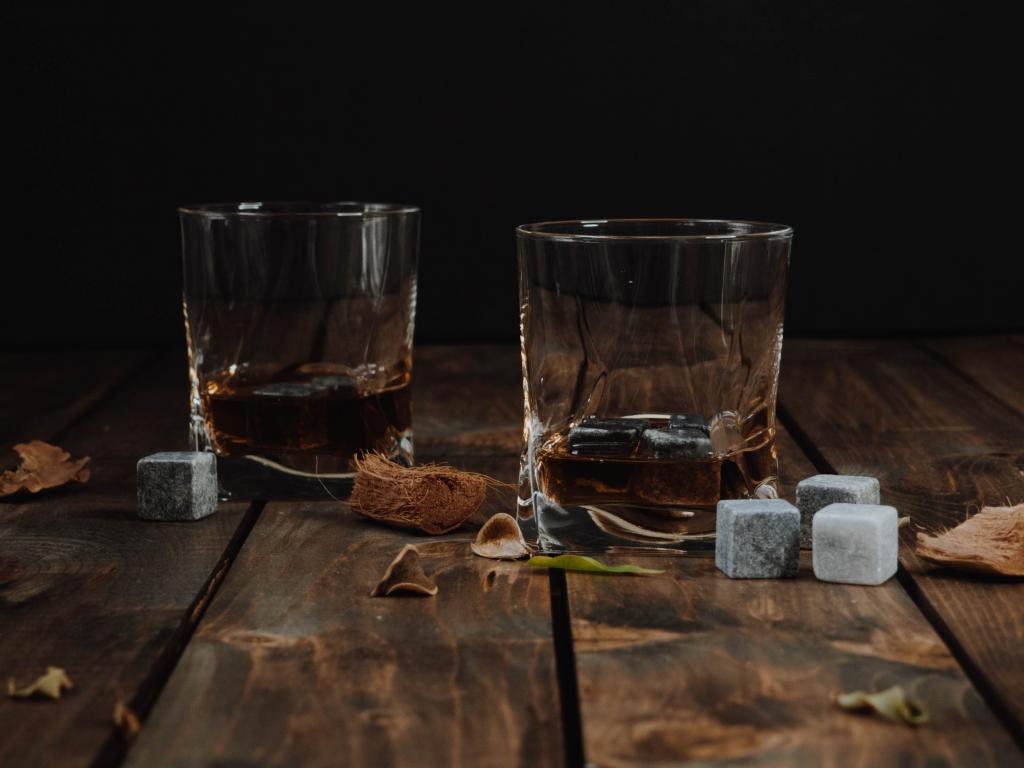
Growing up in Appalachia often means that life follows a path that is predictable by necessity; every month dictated by expectations that mean your survival. Food is planted, grown, harvested, and stored; there are repairs to be made, and work to be done. August in my youth was, above all else, about corn.
Planted in April it was at last coming into being with ripe green stalks dominating the landscape as they do now, a stand of corn just outside the window as I write, ready to be harvested. It is visceral how well I recall the crunching sound of harvesting an ear just as clearly as I can recall the terror of finding a silkworm as I sat shucking corn with my grandmother on sunny afternoons. Olfactory memory is a big part of my recollection of childhood Augusts; fresh warm cornbread in a bowl of milk, and the air thick with the scent of corn mash as someone, somewhere, was making moonshine.
My paternal grandmother kept to a lot of the traditions passed on by her Native mother in her own way, one of which was the baking of cornbread at the beginning of the corn harvest, a small way of honoring puskita. She taught us that it was a time for celebrating the communities of which you are a part, a time to let go of grudges and to forgive debts, a time to put behind you small harms that others had brought to your door. In her eyes, it wasn’t worthy to bring pettiness into the cold months – they were a time of rest, celebration, and taking care of one another. Winter was harsh enough without petty grudges, and the corn harvest was a time to remember that at the end of the day, you were still a community.
Though I don’t claim any Native heritage from my great grandmother, whenever Lammas rolls around I cannot help but recall those experiences that have become a part of my personal practice, if not the simple fabric of how I celebrate the cycle of my year. Lammas for me has come to be about my beginnings in life, and where I have ended up. About life and growth, but also about the inevitability of death, reaping, and the harshness of winter looming on the horizon. Let us not forget while we celebrate our harvest, to consider our need for community and kinship in leaner times sure to come. Pour a little bourbon, bake up some fresh cornbread – maybe some for your neighbor, and this Lammas, let a little forgiveness be your offering.
Lammas Cornbread
This recipe is pretty standard, though a few things are necessary to make it what I remember growing up. Firstly, you have to make it in a 9 inch cast iron skillet that you let warm in the oven as it preheats in a 450° oven. The reason for this is that it makes the outside amazingly crunchy chewy. Second, don’t you dare pull this out of the oven without immediately rubbing a pat of butter on top and drizzling on some (hopefully local) honey. Lastly, it just wouldn’t be right if one of those fresh warm pieces wasn’t plopped into a bowl and a bit of cold whole milk poured on top – eat it like cereal! I promise it’ll change your life.
- Cornmeal from your local grist, 1 1/2 cups
- Whole Milk, 1 1/4 cups
- All Purpose Flour, 1 cup
- Apple Cider Vinegar, 2 tablespoons (or there about)
- Baking Powder, 1 1/2 teaspoons
- Sea Salt, 1 1/2 teaspoons
- Vegetable Oil, 1/2 cups
- Eggs, 2
- Optional but not really: Butter and honey for finishing, milk for serving
Directions:
- Start by placing your cast iron skillet in a 450° oven, then, measure your milk into an oversized measuring cup and add the vinegar to it. This will immediately start to sour your milk a bit – you want that! Your cornbread will be all the better for it, and have a nice buttermilk tang.
- Mix up your dry ingredients in a bowl, be sure to give it a good stir so you don’t have any lumps of salt or baking powder hanging about.
- Add your wet ingredients (you could whisk your eggs before adding, but I never do), and give it all a good stir.
- Pull out your hot iron skillet and give it a quick rub with butter or oil before adding the batter.
- Bake for 25 minutes, or until it looks golden and delicious. Spread butter on top and drizzle with honey, serve while still warm in a bowl of cold milk.

















